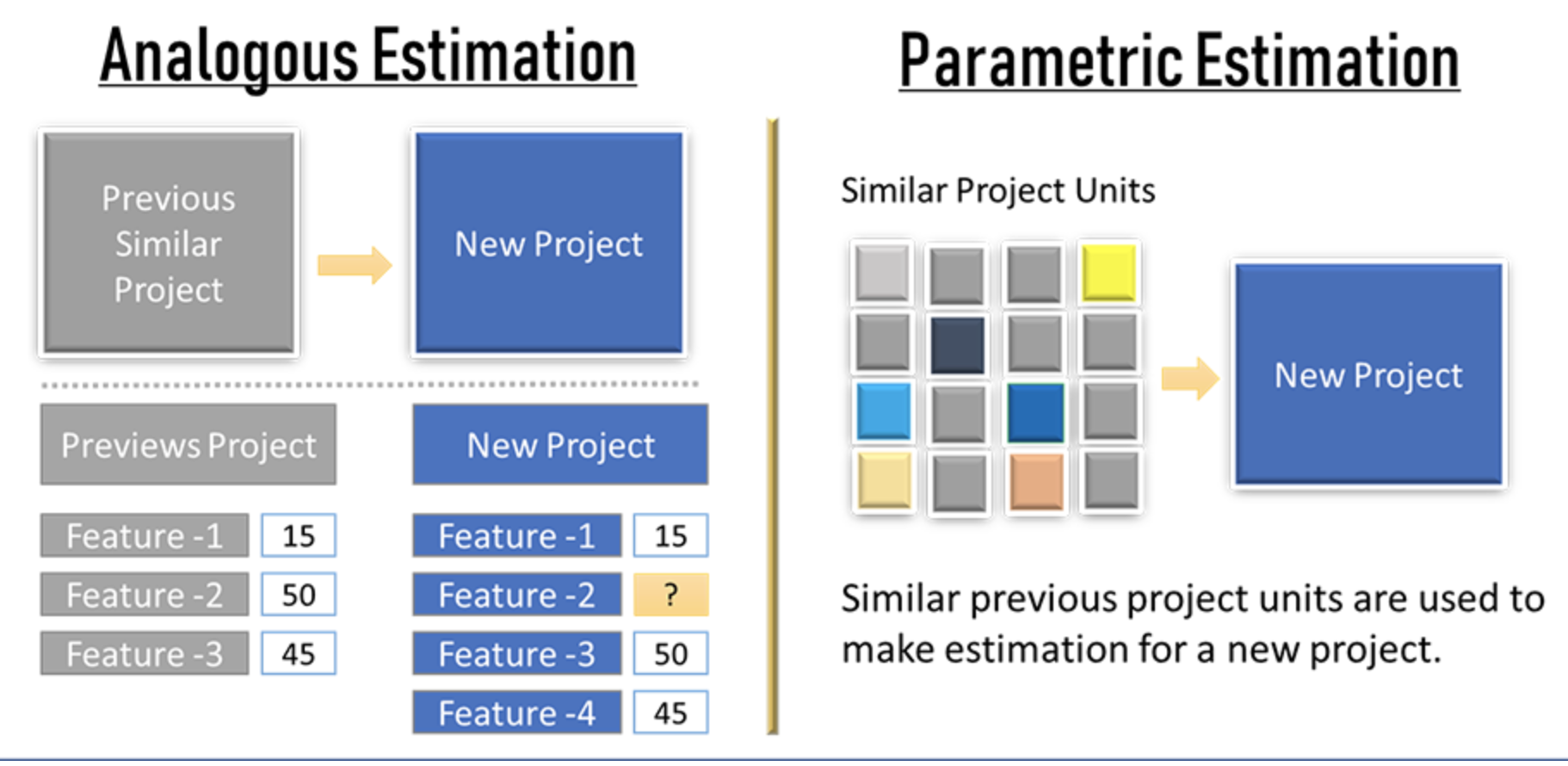
Project Estimation: Definition, Anatomy, and Approaches

Estimations of all kinds are entrenched in our day-to-day life. When we plan a trip, we usually estimate expenses for accommodation, meals, and transportation. We also calculate how much time we need to get to the hotel and the airport, figuring out the shortest route. We also set our priorities and do our best to stick to them.
In software development, accurate estimating is far more vital since the success of your effort is at stake. As a project manager or business owner, your top priority is to meet deliverables’ time-frames and optimize the budget.
The biggest challenge with project estimation is that there’s also a great deal of ambiguity when it comes to software development. It can be hard to assume how much it’ll cost on the first try, as a lot of factors are at play. It can even take hours of preliminary research and coming up with unconventional methods how to tackle it. However, you can try to use the standard approaches we have described below and see if they work.
First, what is project estimation?
Generally speaking, it’s the process of analyzing available data to predict the time, cost, and resources needed to complete a project. Typically, project estimation includes scope, time-frames, budget, and risks.
Key Components of Project Estimation
Scope
CIO defines project scope as a detailed outline of all aspects of a project, including all related activities, resources, timelines, and deliverables, as well as the project’s boundaries. The project scope also outlines key stakeholders, processes, assumptions, and constraints, as well as what the project is about, what is included, and what isn’t. All of this essential information is documented in a scope statement.
The project statement of work (SoW) details all aspects of the project, from the software development life cycle to key meetings and status updates. Accurately estimating the project’s scope means you can have a more precise understanding of the cost, time-frames, and potential bottlenecks.
Time-frame
With a scope of work on hand, it’s easier to estimate how long it’s going to take to achieve each milestone. Make sure the time-frame allows time for management and administration. Also, make sure you prioritize tasks, identifying those that need to be completed before others. Some factors might also slow things down, like meetings, holidays, interruptions of all sorts, and rejections from Quality Assurance.
A proper timeline estimation covering all elements of the project will show you how much time will go into completing different parts, inter dependable deliverables, and when each major milestone will be achieved.
Resources
Defining the scope of work and timeline makes it easier to understand what resources the project needs. Resources are staff, vendors, contractors as well as equipment. You should allocate resources for the tasks in the scope of work. Before you do that, you need to know their availability and schedule in advance. This way, you increase the reliability of a project.
Cost
Cost is an essential part of a project. Everyone wants to know how much it will cost to develop a project before delving into it. To predict the project cost, you need to consider the scope, timeline, and resources. With these aspects mapped out, you can have a rough estimate of your project.
You can base your estimation on past project costs. If you don’t have your own historical data, it’s best to ask someone who has already developed a similar project to advise budget-wise. The more accurate information you have, the closer project estimates will be.
Risks
Every project comes with risks. However, it’s possible to identify them and devise strategies to handle them. An ideal project estimation document includes potential risks as a sort of insurance against threats in the project. After the risks are identified, you need to prioritize them and recognize their probability and impact.
How to Estimate a Project?
Here’re common techniques you can use to estimate your project.
Top-Down estimating
It’s a technique whereby the overall project is estimated as a whole, and then it’s broken down into individual phases. You can use this approach based on your historical data, adding estimation for each project element. Top-down assessment isn’t detailed, so it’s only suitable for rough budget estimation to see if it’s viable.
Bottom-Up estimating
This method uses a detailed scope of work and suits projects you’ve decided to go with. The bottom-up approach suggests estimating each task and adding the estimates to get a high-level assessment. This way, you make a big picture from small pieces, which is more time-consuming but guarantees more accurate results than the Top-Down Estimate.
Expert estimation
This kind of estimation is the quickest way to estimate a project. It involves an expert with relevant experience who applies their knowledge and historical data to estimate a project. So, if you’ve already executed a similar project, you can use a top-down or bottom-up estimation by an expert.
If it’s not your typical project, you need to gather a tech and domain experts team to do the assessment. This team of experts isn’t necessarily a part of the project team. However, it’s highly recommended to engage an architect, tech lead, or systems analyst.
Analogous estimation
You can use it when the information about a project is limited and you’ve executed a similar one in the past. Comparing a project with the previous one and leaning on historical data can give you insight into a project you have on the anvil. For more precise estimation, you should choose a project that’s a likeness of your current one. Then, you’ll be able to сompare the two projects to get an estimation. The more similarities the projects have, the more precise estimation will be.
Parametric estimation
If you’re looking for accurate estimation, a parametric approach is a good solution. It relies on historical data to calculate estimation coupled with statistical data. Namely, it uses variables from similar projects and applies them to a current one. The variables can be human resources, materials, equipment, and more.

Analogous vs. Parametric Estimation
So, where to start?
As your first step, we’d recommend defining the scope of a project, including the following:
- Stakeholders and Product Owners;
- Business needs;
- Functionality that goes back to business needs;
- How the functionality should be implemented;
- Time-frames for each element of functionality;
- Cost of the project;
Cost estimation is a vital step that requires knowledge and experience. Even experienced managers make mistakes, affecting the project’s scope, and leading to delays and overworked teams. That’s why it’s best to start with a Discovery Phase, and based on its results, you’ll get an architecture of the software and the necessary document with the project scope.
Recommended articles


